#haxan movie
Text
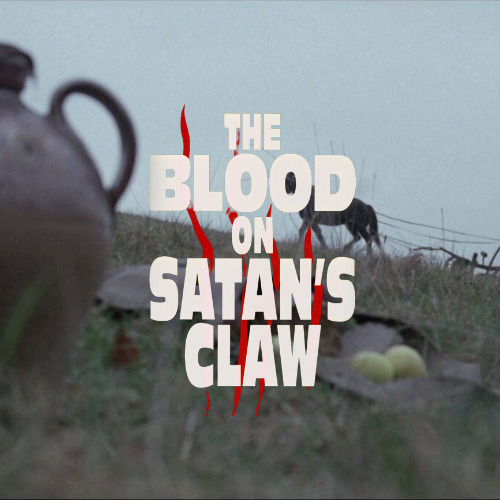
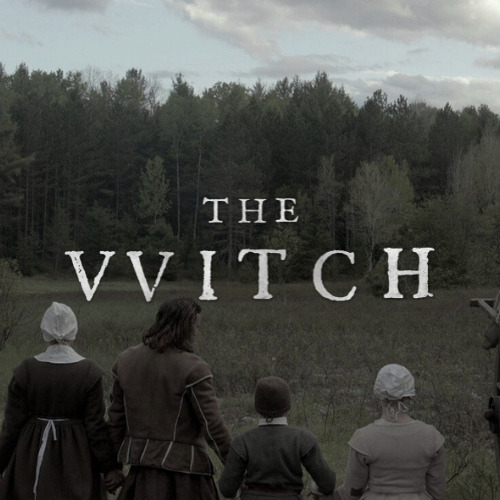
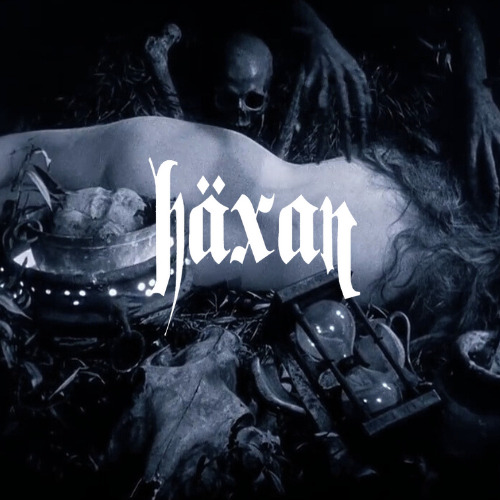
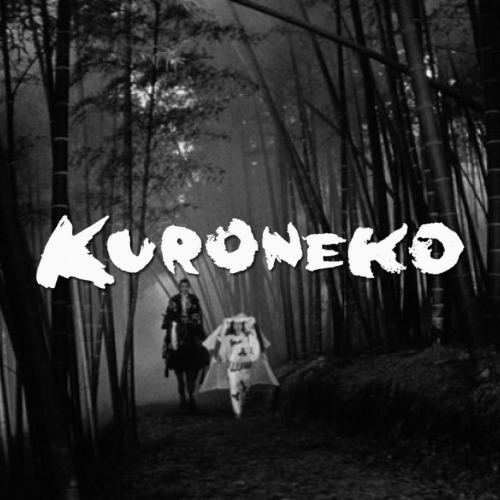





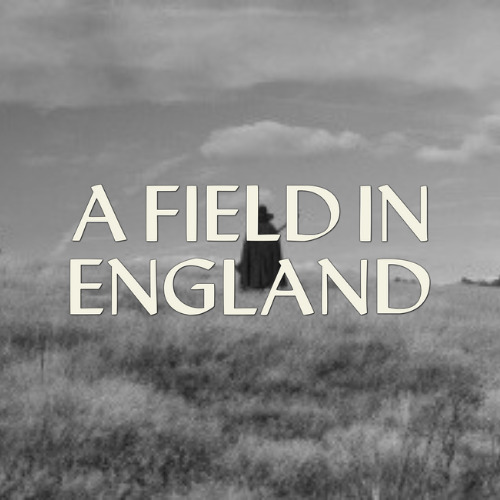
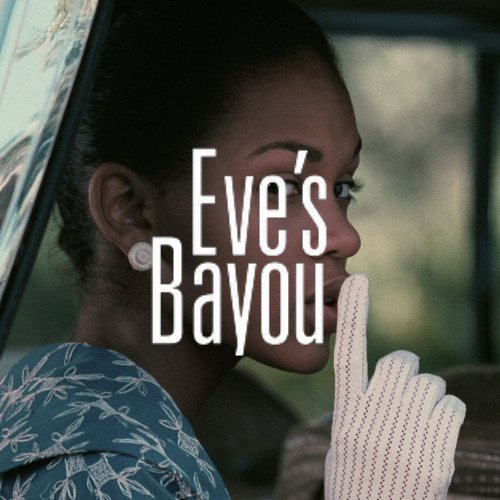




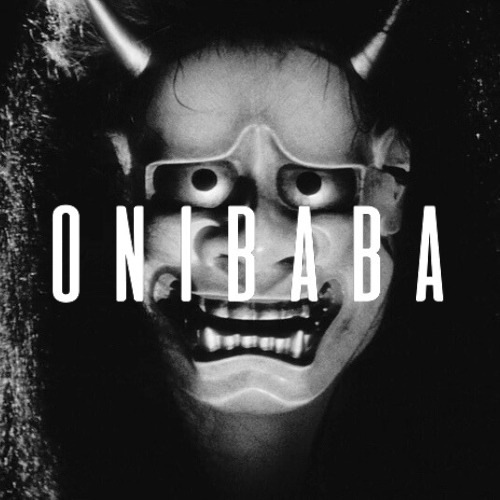
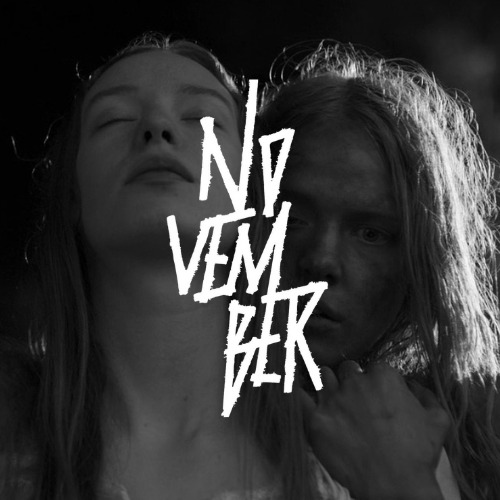
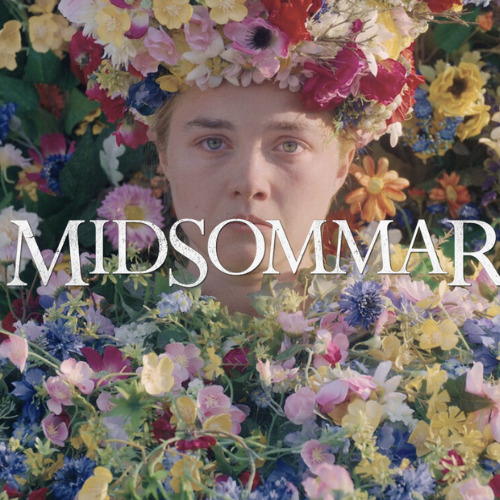

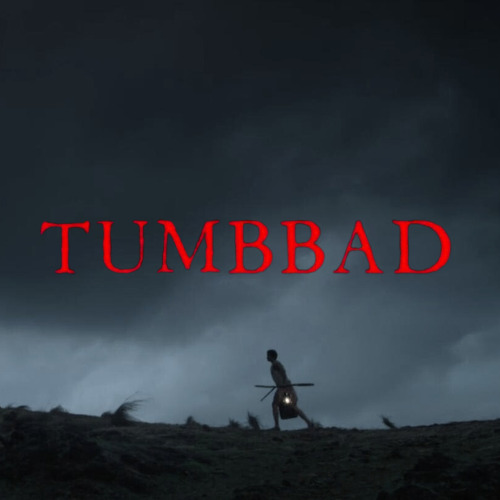
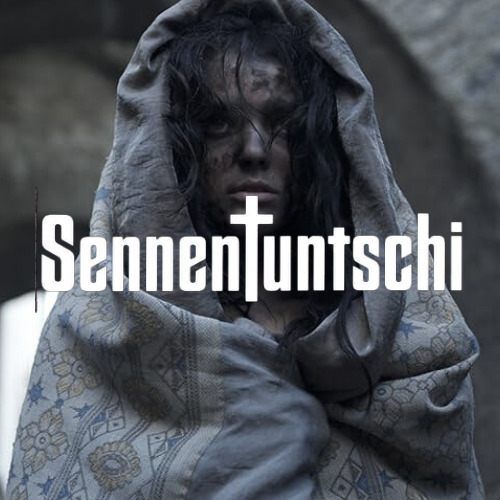
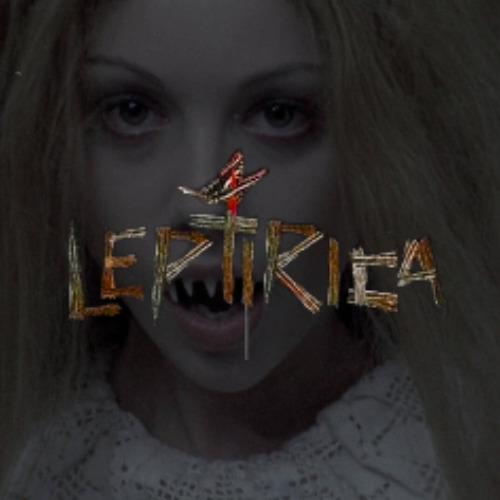
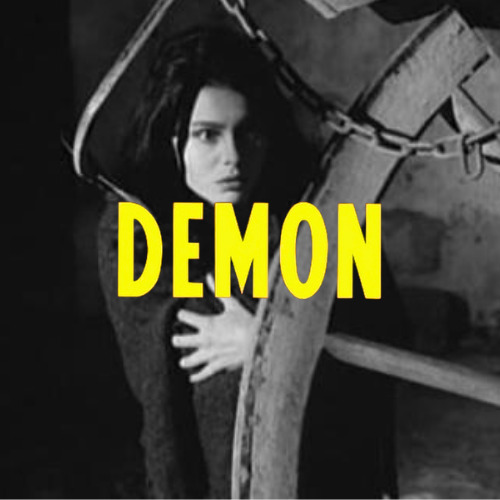





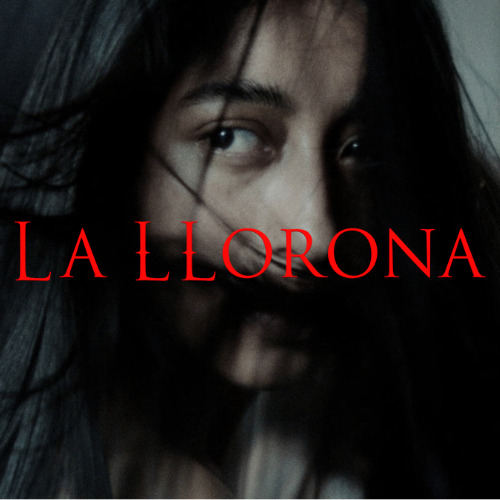
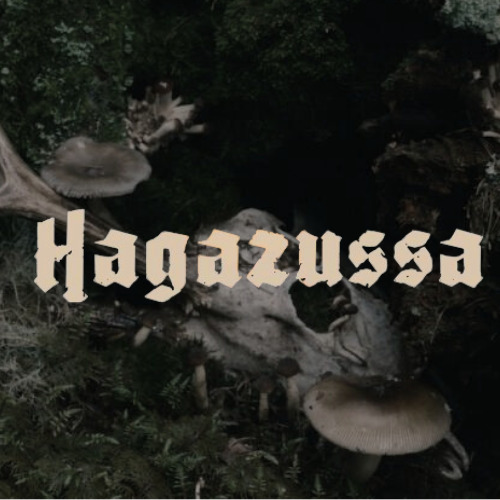
horror sub-genres: folk horror
#horror#horror movies#folk horror#horroredit#moviesedit#filmedit#cinema#horror cinema#horror aesthetic#the blood on satan's claw#the vvitch#haxan#kuroneko#the wicker man#the conquerer's worm#viy#the wailing#apostle#a field in england#eve bayou's#the ritual#the white reindeer#robin redbreast#impetigore#onibaba#november#midsommar#kwaidan#tumbbad#sennentuntschi
3K notes
·
View notes
Text



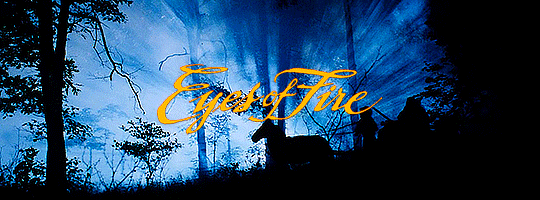
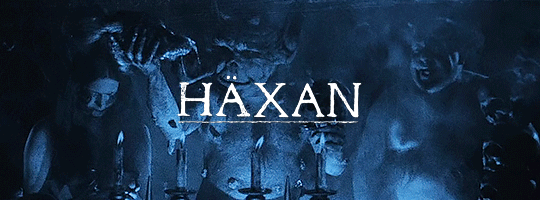


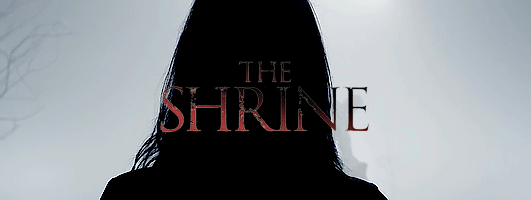


10 Folk Horror Movies To Consider For October/Halloween
#Horror#Filmedit#Horroredit#The Apostle#The Blood On Satan's Claw#Children Of The Corn#Eyes Of Fire#Haxan#The Lair Of The White Worm#Midsommar#The Shrine#The Wicker Man#Witchfinder General#CHB#10 Movies To Consider#I am not saying that these are the best or that they are my favorites.#Just 10 movies that I think are worth watching for the season.
1K notes
·
View notes
Text

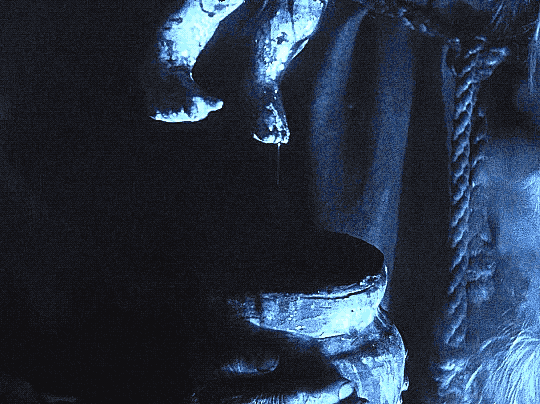

Haxan (1922)
#haxan#classic horror#witchcraft#horror movies#1920s cinema#silent film#cinematic masterpiece#historical horror#vintage cinema#creepy#cult classic#eerie#silent movies#silent cinema#horror film#ritual#occult#supernatural#gifs#gifset
392 notes
·
View notes
Text
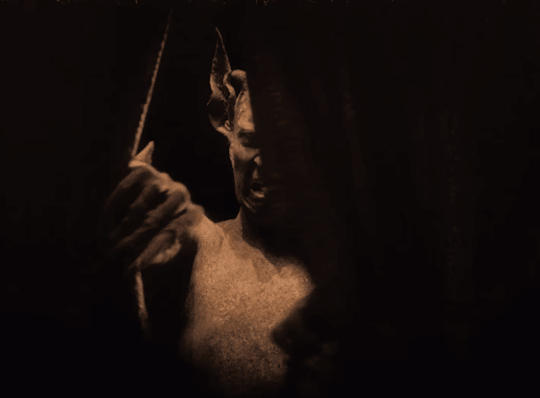
Häxan (1922)
#häxan gif#satan gif#20s horror#silent horror#benjamin christensen#haxan#swedish danish movies#witchcraft through the ages#the devil#20s movies#1920s#1922#gif#chronoscaph gif
222 notes
·
View notes
Photo

Häxan / Witchcraft Through the Ages (1922), written and directed by Benjamin Christensen
https://uncannyarchive.com/haxan-witchcraft-through-the-ages-1922
#Häxan#Häxan 1922#haxan#haxan Witchcraft Through the Ages#witchcraft films#gothic horror#old films#public domain films#uncanny horror#film gifs#witchy films#horror gifs#film reviews#monochrome films#silent films#old horror#uncanny archive#movie gifs
341 notes
·
View notes
Photo


lady of sorrows / haxan (1922)
194 notes
·
View notes
Text
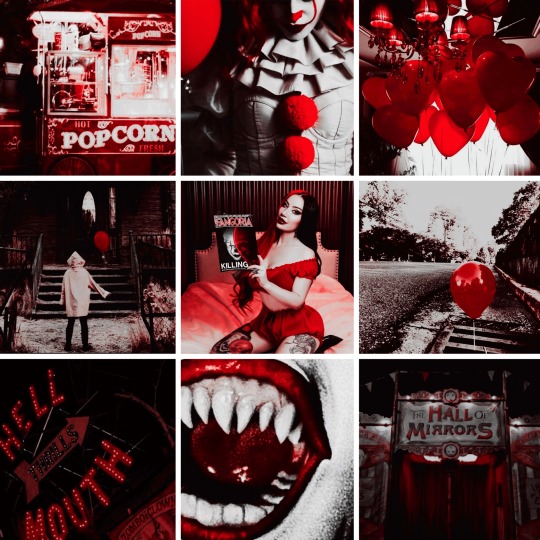
Bands/Artists & Horror! 🔪
Ash Costello + Pennywise! 🤡🎈
“I am your worst dream come true!”
#not a request just a treat#horror movies are the shit#ash costello#new years day#the haxans#ash costello moodboard#ash costello aesthetic#pennywise#pennywise moodboard#pennywise aesthetic#moodboard#aesthetic#horror aesthetic#IT#it chapter two
19 notes
·
View notes
Text
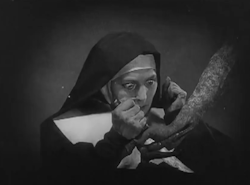

"Häxan" (1922)
103 notes
·
View notes
Text


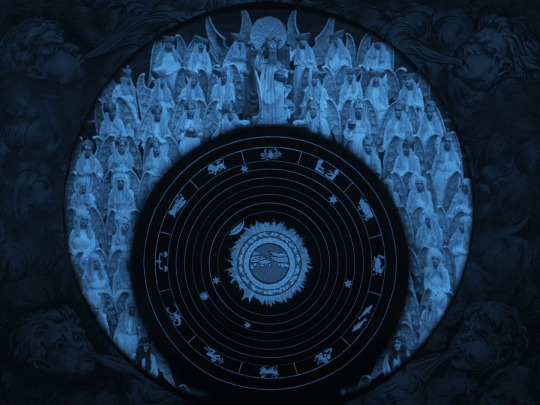

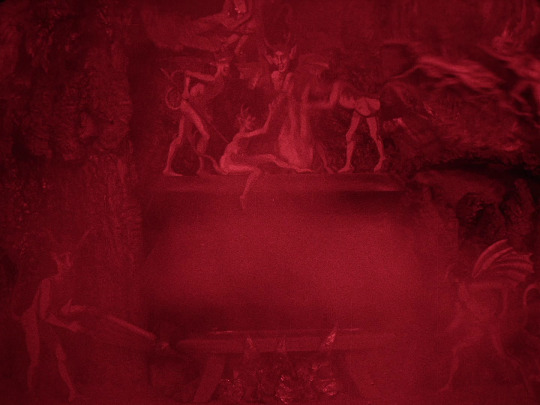
Illustrations and models shown in Häxan (1922), depicting the heavens, earth and hell as people once conceived of them.
#Häxan#haxan#benjamin christensen#my screencaps#film screencaps#movie screencaps#devils#hell#heavens
12 notes
·
View notes
Text
Artist Research - Kenneth Anger
The films "Lucifer Rising" and "Häxan" were recommended to me by Paul Tarpy after my progress review and helped me in creating my own short film. I already had the bones of my film, but used these films as further inspiration. “Lucifer Rising," directed by Kenneth Anger, influenced my creative vision with its occult themes, and experimental storytelling. Meanwhile, the historical and mystical aspects of "Häxan," a silent film exploring witchcraft, contributed to my fascination with folklore, specifically Norwegian folklore, and the supernatural. Drawing from these, my new and improved short film uses elements of the occult, and historical.
Kenneth Anger is an American avant-garde filmmaker and author known for his experimental and influential work in underground cinema. Born in 1927, he gained prominence with films like "Fireworks" (1947) and "Scorpio Rising" (1963). Anger's films often explore themes of occultism, homoeroticism, and pop culture. He also authored the Hollywood Babylon books, looking into scandalous stories about Hollywood's golden era. Anger's impact on experimental filmmaking and his unique aesthetic have left a lasting mark on the art world.


A couple screen shots from Haxan that inspired my short film.
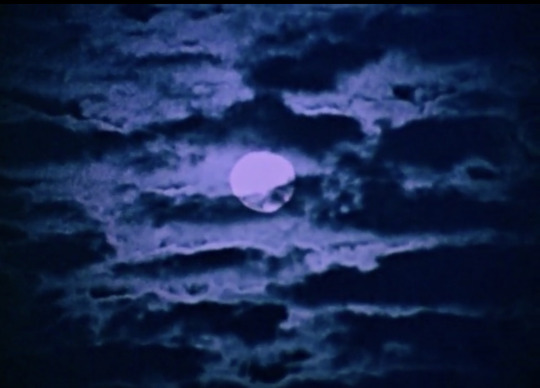

And few from Lucifer Rising that I found intriguing
And a screen recording of my favourite scene from lucifer rising.
#art#artists on tumblr#design#diy#lsad#books & libraries#movies#film#film photography#filmedit#movie poster#lucifer rising#haxan#silent film
10 notes
·
View notes
Text
189: The Haxan Cloak // Excavation
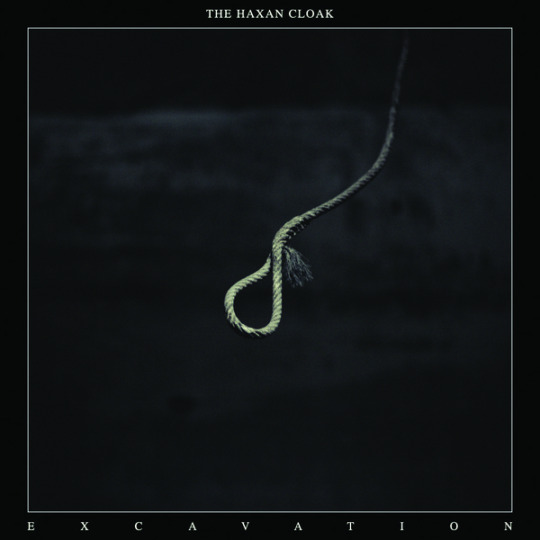
Excavation
The Haxan Cloak
2013, Tri Angle (Bandcamp)
Through his work as the Haxan Cloak and as a film composer (notably on a couple of Ari Aster pictures), Bobby Krlic has helped define the modern aesthetics of what we might call Upsetting Music:
Extremely low frequency synthesized bass with a subliminal roar
Slow, deliberate, violent industrial percussion with a ton of reverb
Creepy whirring noises that simultaneously evoke machinery and insects
Staticky, panned whooshing sounds, that suggest rapid movement captured on degraded video tape
Piercing whines, reminiscent of alarms or the shrill violin notes exploited in scores like Psycho
Snippets of higher pitched noises that sound like muffled or glitched recordings of human cries
youtube
Unlike traditional symphonic scores or even the kind of throbbing but ultimately melodic progressive electronic stuff used in ‘80s horror scores, this music largely eschews melody in favour of manipulating sounds to provoke a visceral sense of unease as directly as possible. Electronic music made its initial inroads into horror in the late ‘70s largely because it was cheap to produce, but the runaway success of independent/low-budget films with keyboard-heavy scores like John Carpenter’s Halloween made the aesthetic popular. Since then, genre film has continued to evolve alongside the darker strains of electronic music, from schlocky early ‘90s flicks that incorporate techno and horrorcore rap, to the way industrial became de rigueur for a certain variety of desaturated, nihilistic, almost fetishy brand of cheap ‘00s torture flick.
Independent of this history though, I think there’s something specific about recent horror and thriller filmmakers’ embrace of dark ambient/drone music like Krlic’s that links to Western contemporary anxieties and how these audiences experience fear. I remember many years ago (I’m 51) reading an article in a film theory class about how the rise of automation in the early 20th century kicked off a minor craze in the newspapers of the day for grisly stories about bodies being maimed by trams and the like. The author argued that these sorts of accidents were a new form or vector of terror specific to the industrial age, and that there was a corresponding spike in depictions of these tragedies in contemporaneous films, which tended to pull their subject matter and aesthetics from the well of public worries. Genre music has evolved along parallel lines. Traditional orchestral horror scores derive from ominous motifs found in classical music and opera, which reflect older notions of how evil and despair should be depicted—a Christian understanding of evil, with attendant tropes. A world mediated by religion and versed in devotional music (masses, hymnals, Gregorian chant) would naturally imagine Satanic music as its inversion (dark, baroque renditions of the religious cannon) or opposite (“primitive” tribal music).
By the middle of the century a secularized notion that evil might derive from the personal psychoses of individuals, or (as the tram reading suggested) the indifference of technology and institutions, became widespread, and was duly reflected in the cinema. Today, in the West anyway, our bodies are more insulated than ever before from daily exposure to the sorts of violence depicted in horror films, and our fears have become more secularized and more abstracted still. Our most immediate experiences of dread and bodily harm have tended to come from what we witness on our screens, the fear of seeing something troubling. At the same time, filmmakers have realized that the sonically unsettling aspects of ominous symphonic music (extreme high and low frequencies; disharmony; jerky rhythms) could be divorced from the orchestral context, leaving artists with a set of specific tools for physically startling audiences in tandem with the action onscreen.
Krlic’s music is a product of these parallel processes. As noted, much of his work prioritizes psychological and physiological effect above all, pushing these notions (in his Haxan Cloak work especially) about as far as they can be taken outside of extremist genres like harsh noise and powerviolence. When he makes his synths literally growl, our bodies respond to the perceived threat, even though we know what we’re hearing isn’t produced by a living animal. Some of what he’s exploiting, again, is stuff that goes back to our base threat-detecting instincts, but the overtly technological aspect is also the sound of horrible things both real and simulated we’ve seen through media. Staticky screams and the scrape of metal on concrete summon the spectre of snuff films, hostage videos, extreme BDSM porn, war footage, and all of the movies, video games, and music videos that have adapted their imagery to get a rise out of people. It also, especially to a broad subset of “average” moviegoers, sounds like the type of music people who want to rape and murder your family would listen to for kicks.
youtube
There is a good deal more going on in Krlic’s music than simple fearmongering though—we can look at Excavation, his second and final LP to date as the Haxan Cloak,as part of a long lineage stretching from ‘60s experimental electronic music like White Noise through Nurse with Wound, Aphex Twin, and Nine Inch Nails among many others. “The Mirror Reflecting (Part 2)” eventually reveals a sequence of austere, crystalline guitar-like sounds that post-metallers Agalloch might’ve produced; “Dieu” opens with some subterranean breakbeats and chopped up samples that nearly threaten to look in the direction of a dancefloor before a creepy violin quells the thought; the rain-drenched “The Drop” flashes a bit of a Baths-style emo/downtempo vibe when it isn’t trudging past the sounds of dark satanic mills. Just as some people will hear Excavation as sadistic junkie music, others will no doubt find it an exceedingly warm and plush casket to disappear within, the overwhelming weight of its sounds divorced of violent associations, just signals strobing across the darkened hemispheres.
189/365
#the haxan cloak#bobby krlic#ari aster#a24#horror movies#horror music#halloween music#halloweek#dark techno#dark ambient#electronic music#'10s music#music review#vinyl record
5 notes
·
View notes
Text


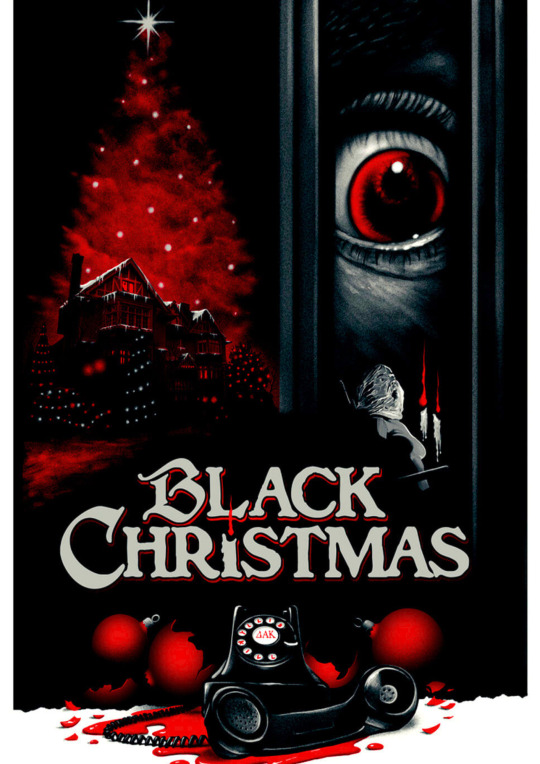
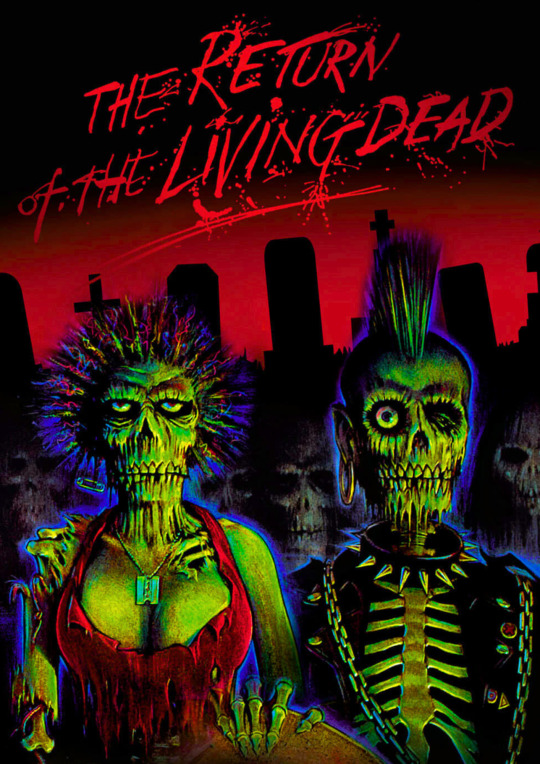


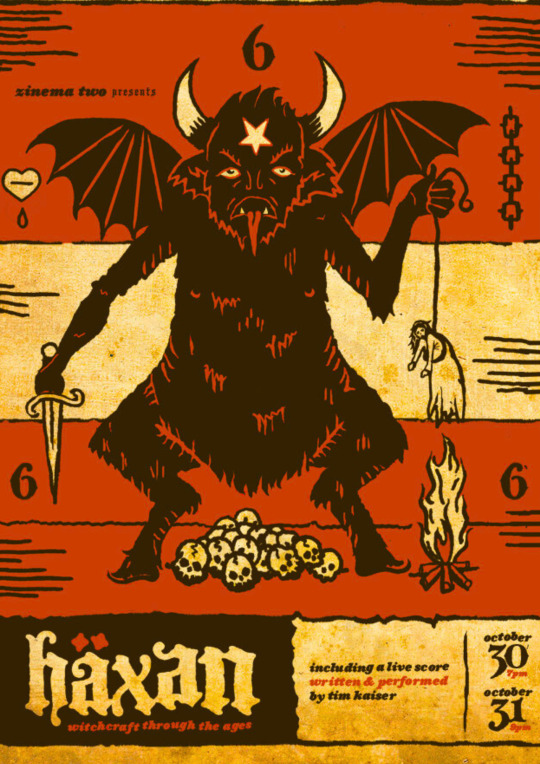





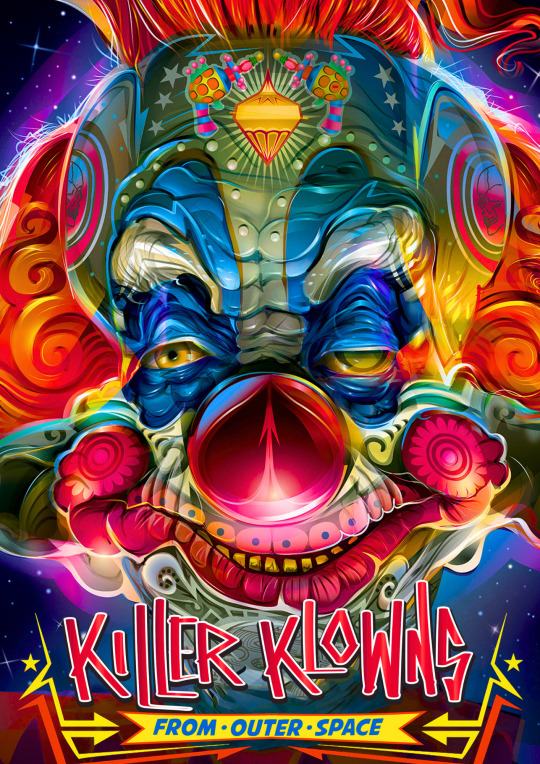
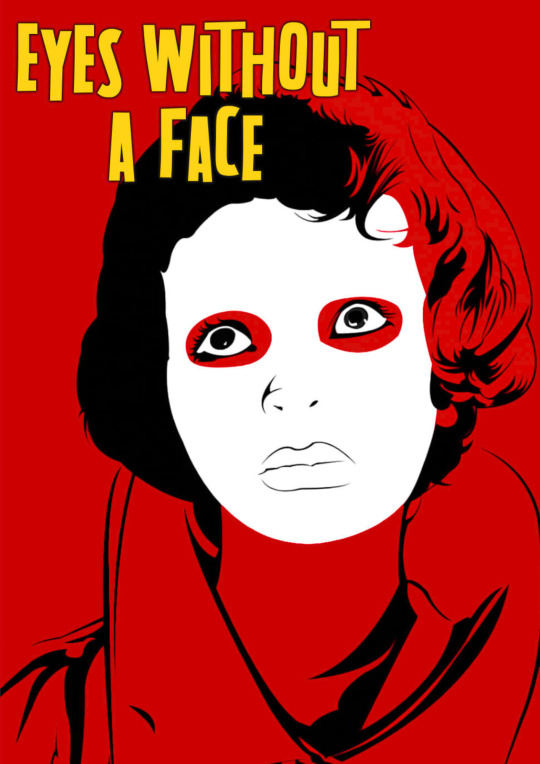

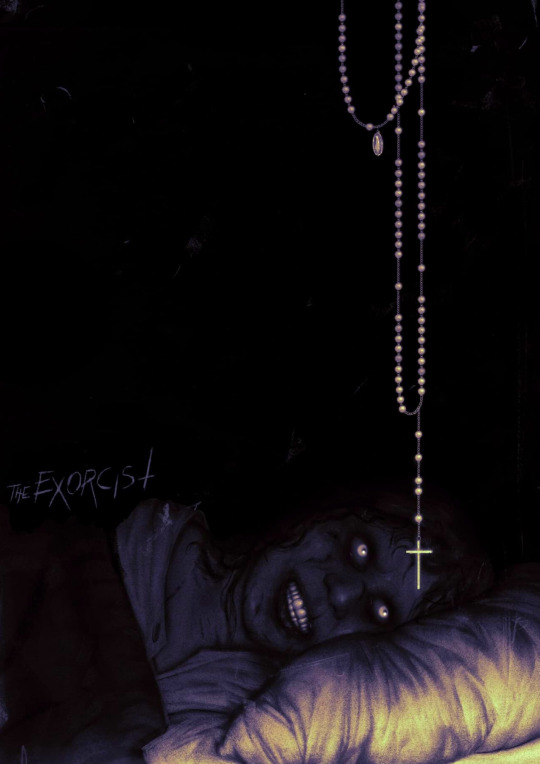
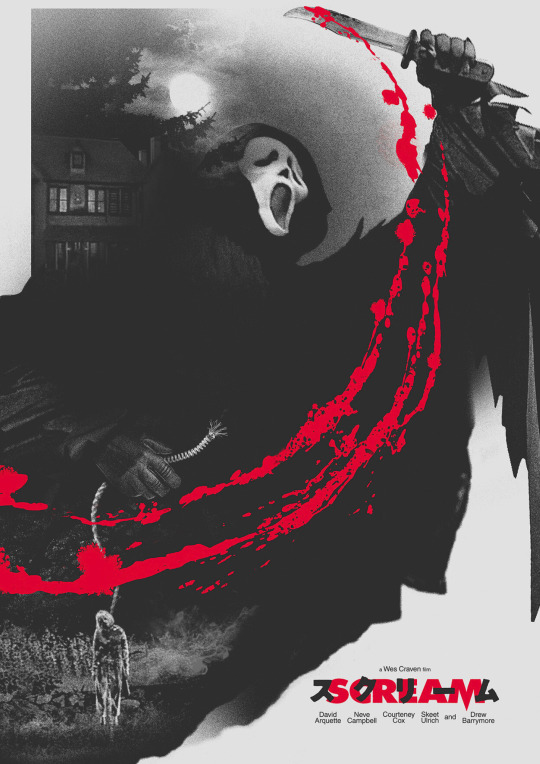

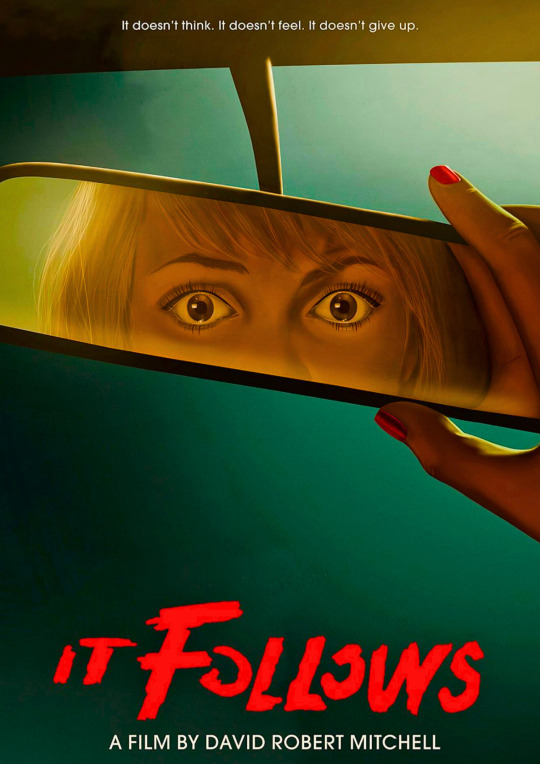

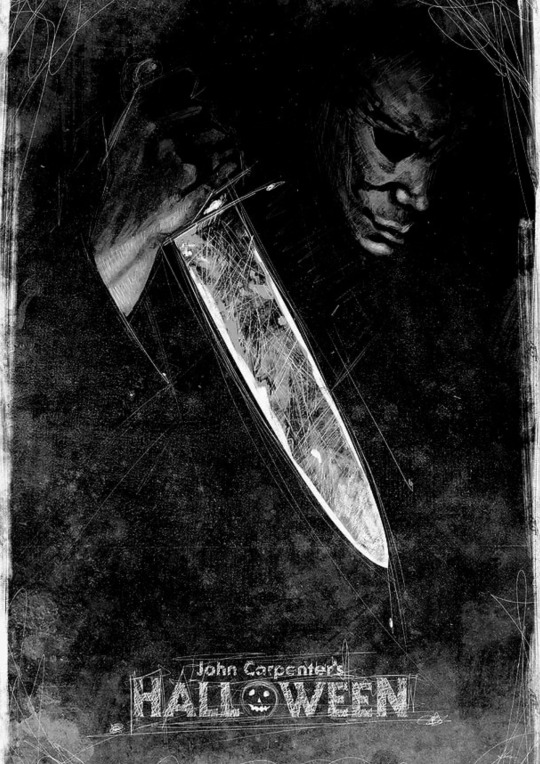

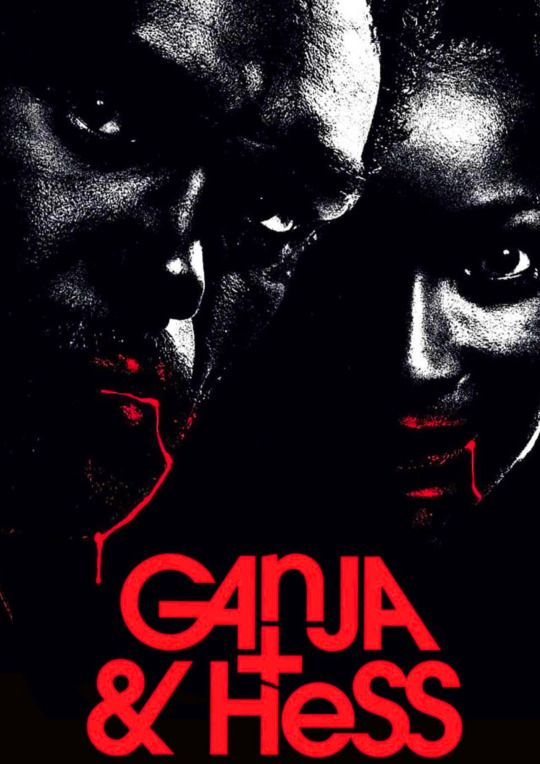
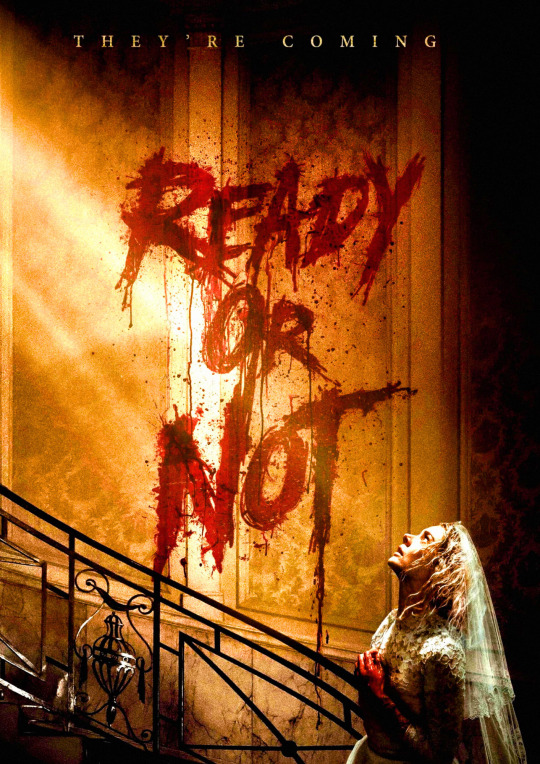
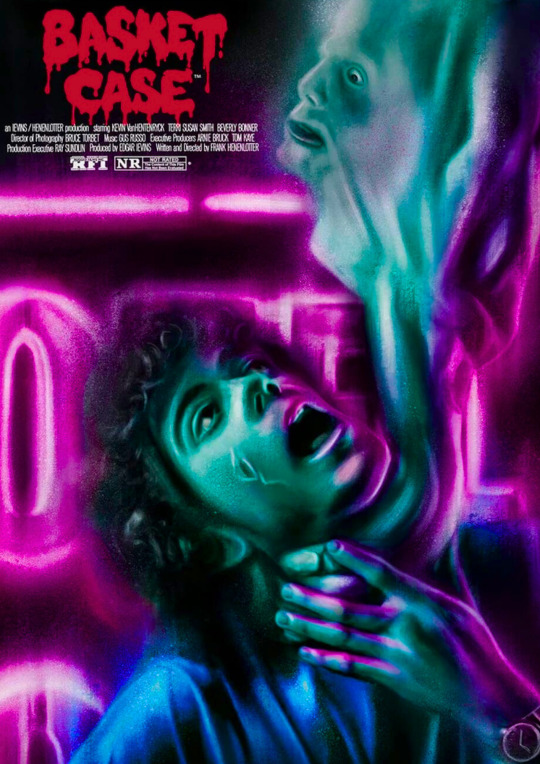
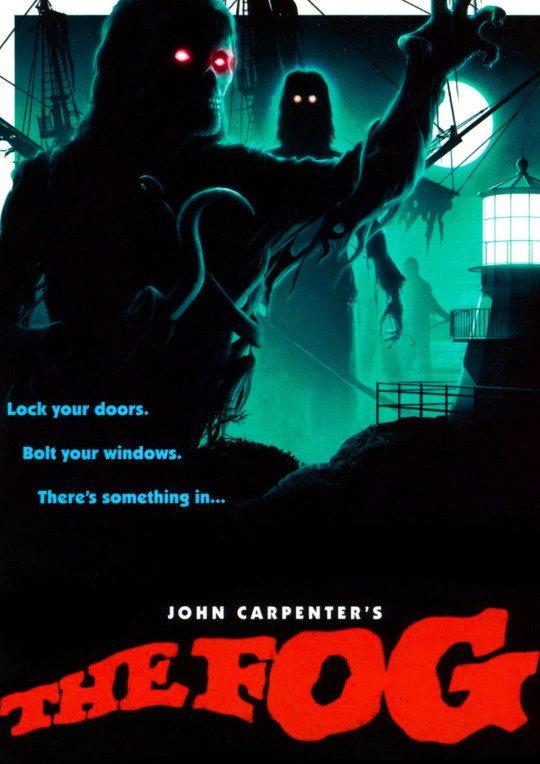

horror movies + favorite posters
#i know that adam juresko made the scream one#horror#horror movies#nosferatu#trick 'r treat#black christmas#the return of the living dead#the descent#house of wax#haxan#sinister#train to busan#let the right one in#the masque of the red death#vampyr#eyes without a face#halloween 2#the exorcist#scream#the strangers#it follows#the thing#halloween#carnival of souls#ganja & hess#ready or not#basket case#the fog#the texas chainsaw massacre#killer klowns from outer space
3K notes
·
View notes
Text
On December 27, 2019, Satanis: The Devil's Mass and Haxan: Witchcraft Through the Ages were screened as a double-feature on TCM Underground.

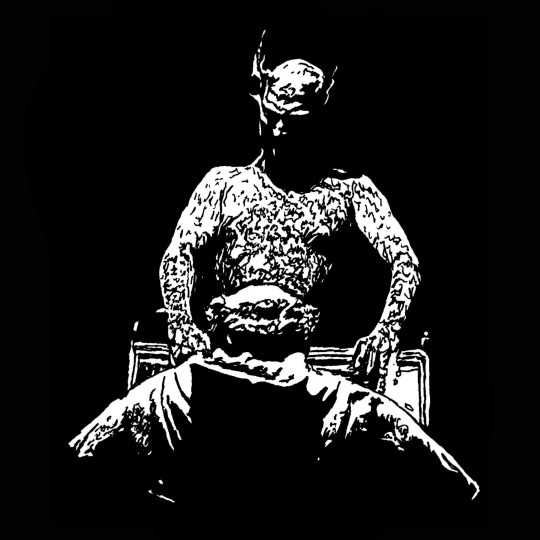
Here's some new art inspired by both cult classics!
#tcm underground#satanis: the devil's mass#satanis the devil's mass#satanis#haxan#haxan: witchcraft through the ages#benjamin christensen#ray laurent#anton lavey#satanism#documentaries#documentary film#psychotronic film#silent film#gothic horror#horror movies#horror film#horror#double feature#movie art#art#drawing#movie history#pop art#modern art#pop surrealism#cult movies#portrait#cult film
4 notes
·
View notes
Text
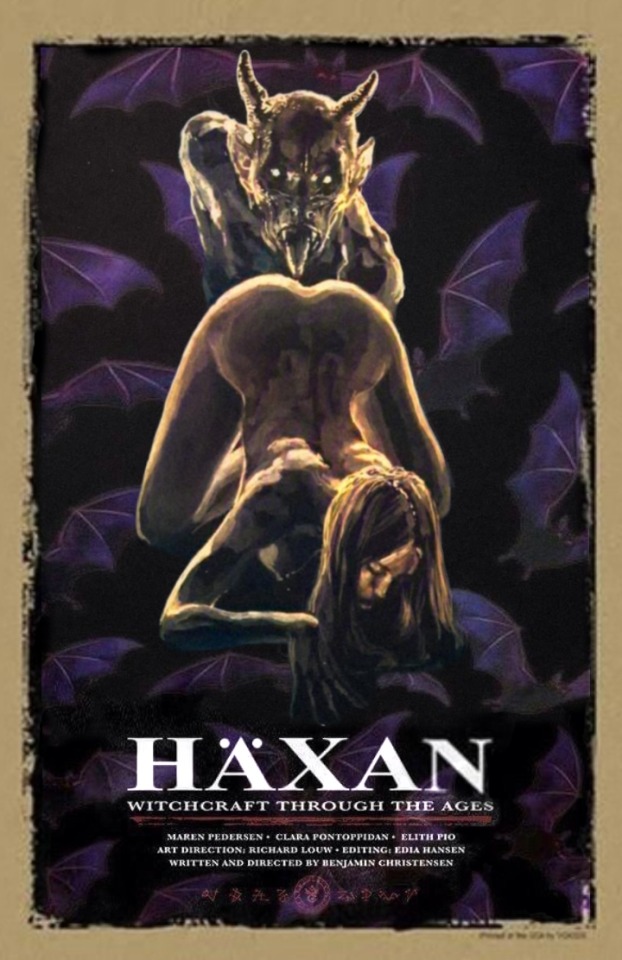
#haxan#haxan: witchcraft through the ages#haxan: a feitiçaria através dos tempos#benjamin christensen#1920s#horror movies#supernatural horror#horror art#my edition#witchcraft#silent film#fake poster#gothic#gothic girl#dark art#dark gothic#darkness#gothic art#horror#goth#nun#dark
2 notes
·
View notes
Text
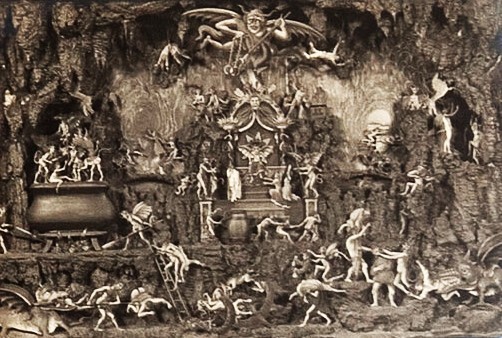
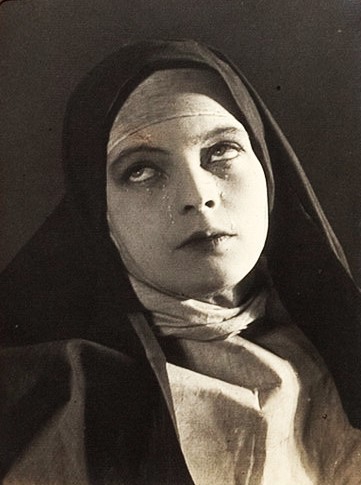
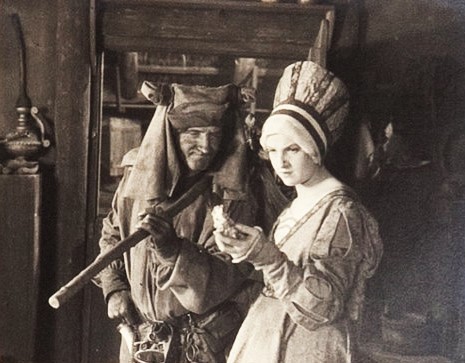
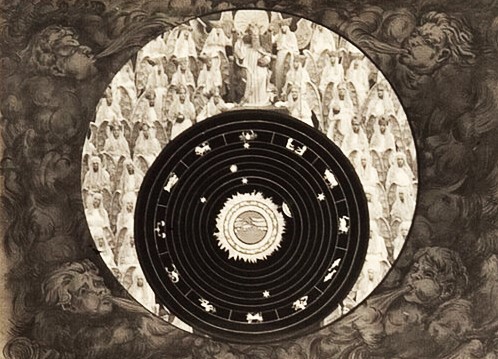

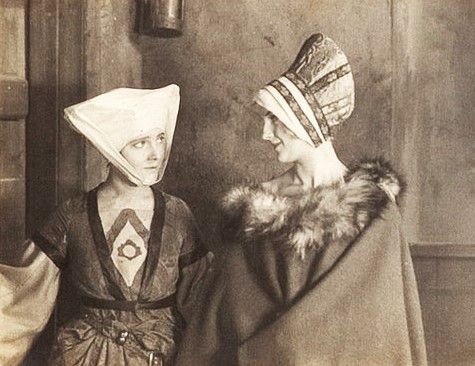
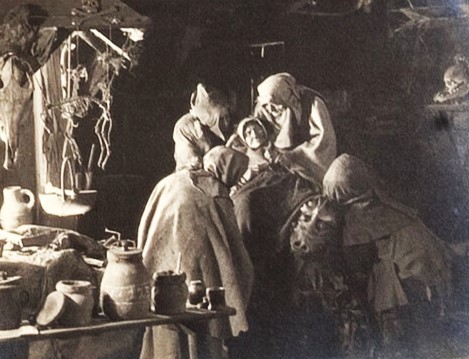

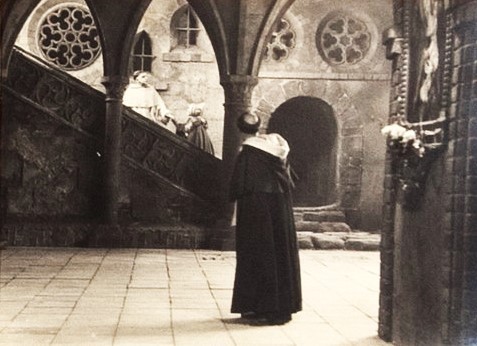



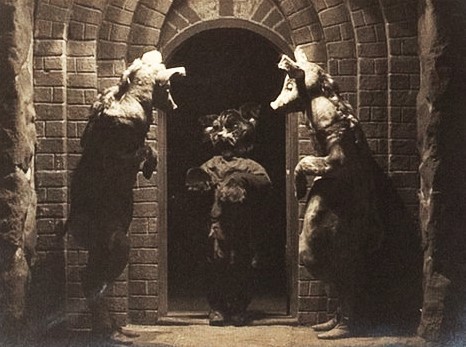
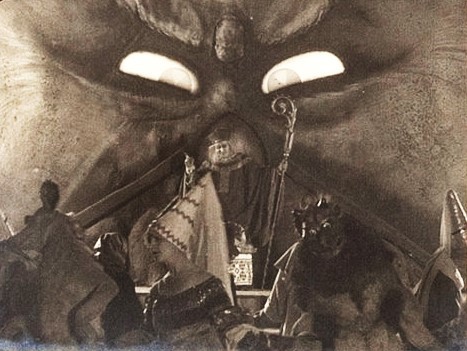




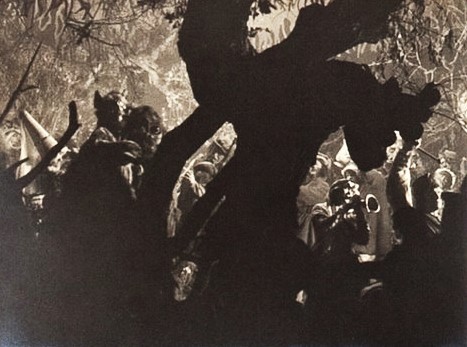




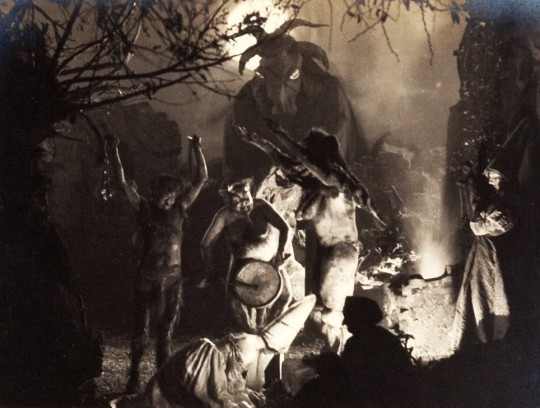
Häxan (1922)
#häxan#20s horror#silent horror#benjamin christensen#haxan#swedish movies#danish movies#witchcraft through the ages#the witches#satan#the devil#20s movies#1920s#1922
187 notes
·
View notes
Text
Sweden 🇸🇪🇩🇰The film Häxan, was produced in Sweden in 1922, but was directed by Benjamin Christensen from Denmark. It’s a kind of hybrid film, neither a purely documentary nor a fiction.
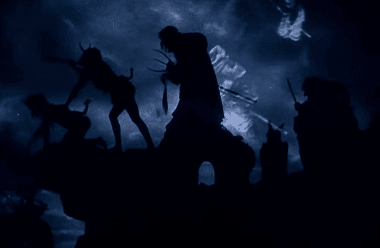
😅Don’t get my criticism wrong, I like the movie, I found it funny and ❤️chapter IV
In the early modern times ( not the Middle Ages) the folk healing (with magic- not herbs) led to many prosecutions and some of the convicted have wanted to do magic that harms others. However in the Sabbath-related processes there were chain reactions that caused the deaths of the children, women and men. The problems were deep in the communities and in the ways of those in power to solve these problems. Not so much in the Catholic Church, as the movie suggests.

The director has taken on a rather ambitious task. 🕵️♂️He spent years gathering sources on sorcery and religion to form the narrative background.🎥 The movie is really entertaining. It is not a historical document. Christensen manages to create a nice imagery, but it mostly reflects the book Malleus Maleficarum.

⚗️As social anthropologist Baxtrom & medical anthropologist Mayers (2016) have stated, Christensen tries to demonstrate the connections between witch trials & certain abnormalities of the human psyche. He draws from the neurological writings of Charcot. 🧬

🎞This is a cultural lecture in moving pictures. He animates happenings to life in the screen to point out ”nonsense”. His main point is that mass hysteria and cases of demonization are nowadays explained as diseases and disorders.⚕️

👩🏻🎓As Lappalainen (2018) has stated, it can be deduced from the historical documents that some of the accused witches were very fragile: beggars, intellectually disabled, sick and often alcoholics in Sweden-Finland.🍺

🤴🏻But the film is both elitist and ethnocentric by today's standards: Science has conquered the Dark Ages🧐 Rationalism was typical in the 1920’s explanations of the age of witch trials.

Suddenly in the end the focus is in young women and torture.
According to Doty & Ingham (Tortolani 2020), it’s fascination with distinct, historical time periods, and directors subsequent errors in conflating them throughout his narrative are, in large part, a residue of the pop-psychology of the era.

🏥On the other hand, the director did not notice from his time that eugenics was rising, especially in Sweden, and there was a desire to get rid of the mentally ill. The spa scene of an upscale woman does not match the mental hospital conditions of that time. Eugenics led to sterilizations and institutionalization of deviants. Certain groups of people began to be considered inferior, etc.
So basically the director does not see, that he is living inside the same problem what he tries to explain. Totalitarian institute offers the Rationale but at the same time it represents total control.

Reductionist interpretations for the witch trials were rife in the 20th century. Such explanations as ergot poisoning, mass hysteria, the rise of capitalism, and a misogynistic crusade have since been dismissed as overly simplistic, yet they remain pervasive in popular understandings of witchcraft. (Imogenknox 2021.)

The final word SLUT is The End in Swedish🙂
#sweden#haxan#haxan: witchcraft through the ages#witch#rationalism#witchcraft#movies#witches#horror film#cinema#1920s cinema#film#history#horror#folklore#Devil#satan#witches sabbath
15 notes
·
View notes